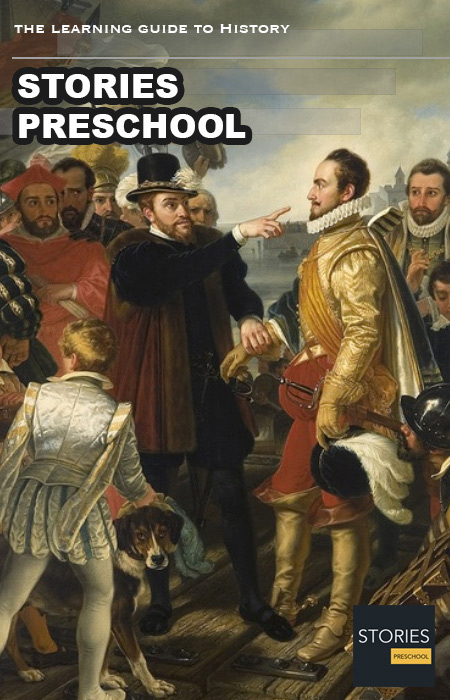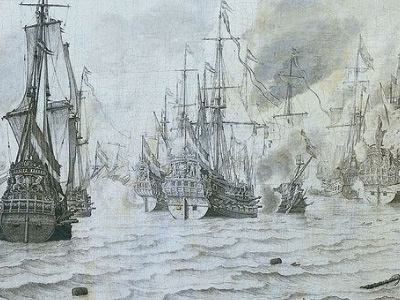Eighty Years' War (1568–1648)
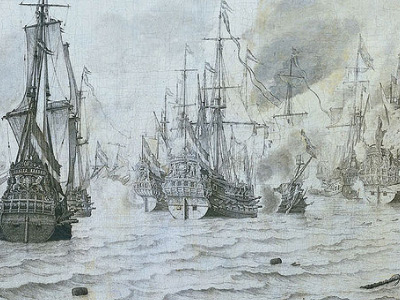
The Eighty Years' War (Dutch: Tachtigjarige Oorlog; Spanish: Guerra de los Ochenta Años) or Dutch War of Independence (1568–1648) was a revolt of the Seventeen Provinces of what are today the Netherlands, Belgium, and Luxembourg, as well as the French The Kingdom of France is the historiographical name or umbrella term given to various political entities of France in the medieval and early modern period. It was one of the most powerful states in Europe since the High Middle Ages. It was also an early colonial power, with possessions around the world. Colonial conflicts with Great Britain led to the loss of much of its North American holdings by 1763. The Kingdom of France adopted a written constitution in 1791, but the Kingdom was abolished a year later and replaced with the First French Republic. region of Hauts-de-France against the political and religious hegemony of Philip II of Spain
The Kingdom of France is the historiographical name or umbrella term given to various political entities of France in the medieval and early modern period. It was one of the most powerful states in Europe since the High Middle Ages. It was also an early colonial power, with possessions around the world. Colonial conflicts with Great Britain led to the loss of much of its North American holdings by 1763. The Kingdom of France adopted a written constitution in 1791, but the Kingdom was abolished a year later and replaced with the First French Republic. region of Hauts-de-France against the political and religious hegemony of Philip II of Spain The Spanish Empire was a colonial empire governed by Spain and its predecessor states between 1492 and 1976. One of the largest empires in history, it was the first to usher the European Age of Discovery and achieve a global scale, controlling vast territory. It was one of the most powerful empires of the early modern period, reaching its maximum extent in the 18th century., the sovereign of the Habsburg Netherlands. After the initial stages, Philip II deployed his armies and regained control over most of the rebelling provinces.
The Spanish Empire was a colonial empire governed by Spain and its predecessor states between 1492 and 1976. One of the largest empires in history, it was the first to usher the European Age of Discovery and achieve a global scale, controlling vast territory. It was one of the most powerful empires of the early modern period, reaching its maximum extent in the 18th century., the sovereign of the Habsburg Netherlands. After the initial stages, Philip II deployed his armies and regained control over most of the rebelling provinces.
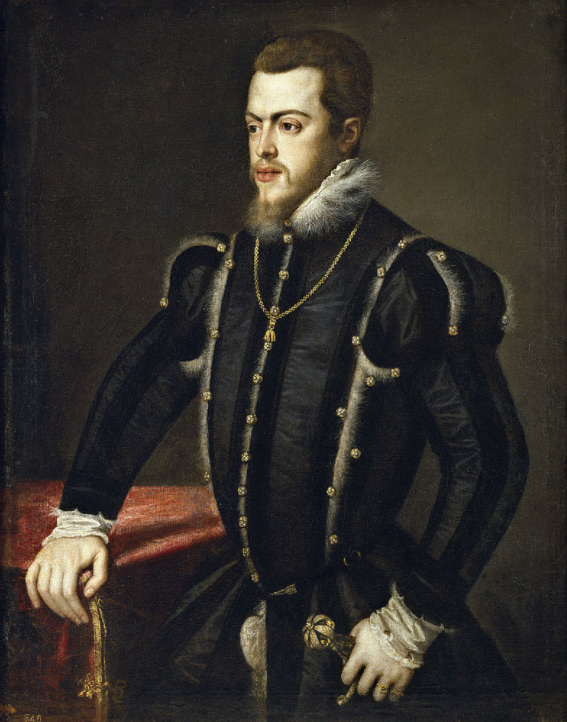
Under the leadership of the exiled William the Silent, the northern provinces continued their resistance. They eventually were able to oust the Habsburg armies, and in 1581 they established the Dutch Republic The Dutch Republic was a confederation that existed from 1579, during the Dutch Revolt, to 1795. It was a predecessor state of the Netherlands and the first fully independent Dutch nation state. Although the state was small and contained only around 1.5 million inhabitants, it controlled a worldwide network of seafaring trade routes. The income from this trade allowed the Dutch Republic to compete militarily against much larger countries. It amassed a huge fleet of 2,000 ships, initially larger than the fleets of England and France combined.. The war continued in other areas, although the heartland of the republic was no longer threatened; this included the beginnings of the Dutch Colonial Empire, which at the time were conceived as carrying overseas the war with Spain. After a 12-year truce, hostilities broke out again around 1619, which can be said to coincide with the Thirty Years' War. An end was reached in 1648 with the Peace of Münster (a treaty part of the Peace of Westphalia), when the Dutch Republic was recognised as an independent country (though the fact of its being such was evident long before). The Peace of Münster was also the start of the Dutch Golden Age.
The Dutch Republic was a confederation that existed from 1579, during the Dutch Revolt, to 1795. It was a predecessor state of the Netherlands and the first fully independent Dutch nation state. Although the state was small and contained only around 1.5 million inhabitants, it controlled a worldwide network of seafaring trade routes. The income from this trade allowed the Dutch Republic to compete militarily against much larger countries. It amassed a huge fleet of 2,000 ships, initially larger than the fleets of England and France combined.. The war continued in other areas, although the heartland of the republic was no longer threatened; this included the beginnings of the Dutch Colonial Empire, which at the time were conceived as carrying overseas the war with Spain. After a 12-year truce, hostilities broke out again around 1619, which can be said to coincide with the Thirty Years' War. An end was reached in 1648 with the Peace of Münster (a treaty part of the Peace of Westphalia), when the Dutch Republic was recognised as an independent country (though the fact of its being such was evident long before). The Peace of Münster was also the start of the Dutch Golden Age.
Causes of the War
In the decades preceding the war, the Dutch became increasingly discontented with Habsburg rule. A major cause of this discontent was heavy taxation imposed on the population, while support and guidance from the government was hampered by the size of the Habsburg empire. At that time, the Seventeen Provinces were known in the empire as De landen van herwaarts over and in French as Les pays de par deça - "those lands around there". The Dutch provinces were continually criticised for acting without permission from the throne, while it was impractical for them to gain permission for actions, as requests sent to the throne would take at least four weeks for a response to return. The presence of Spanish troops under the command of the Duke of Alba, brought in to oversee order, further amplified this unrest.
Spain also attempted a policy of strict religious uniformity for the Catholic Church within its domains, and enforced it with the Inquisition. The Reformation meanwhile produced a number of Protestant denominations, which gained followers in the Seventeen Provinces. These included the Lutheran movement of Martin Luther, the Anabaptist movement of the Dutch reformer Menno Simons, and the Reformed teachings of John Calvin. This growth led to the 1566 Beeldenstorm, the "Iconoclastic Fury", in which many churches in northern Europe were stripped of their Catholic statuary and religious decoration.
HISTORY
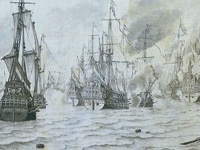
RESOURCES
This article uses material from the Wikipedia article "Eighty Years' War (1568–1648)", which is released under the Creative Commons Attribution-Share-Alike License 3.0.
© Stories Preschool. All Rights Reserved.
